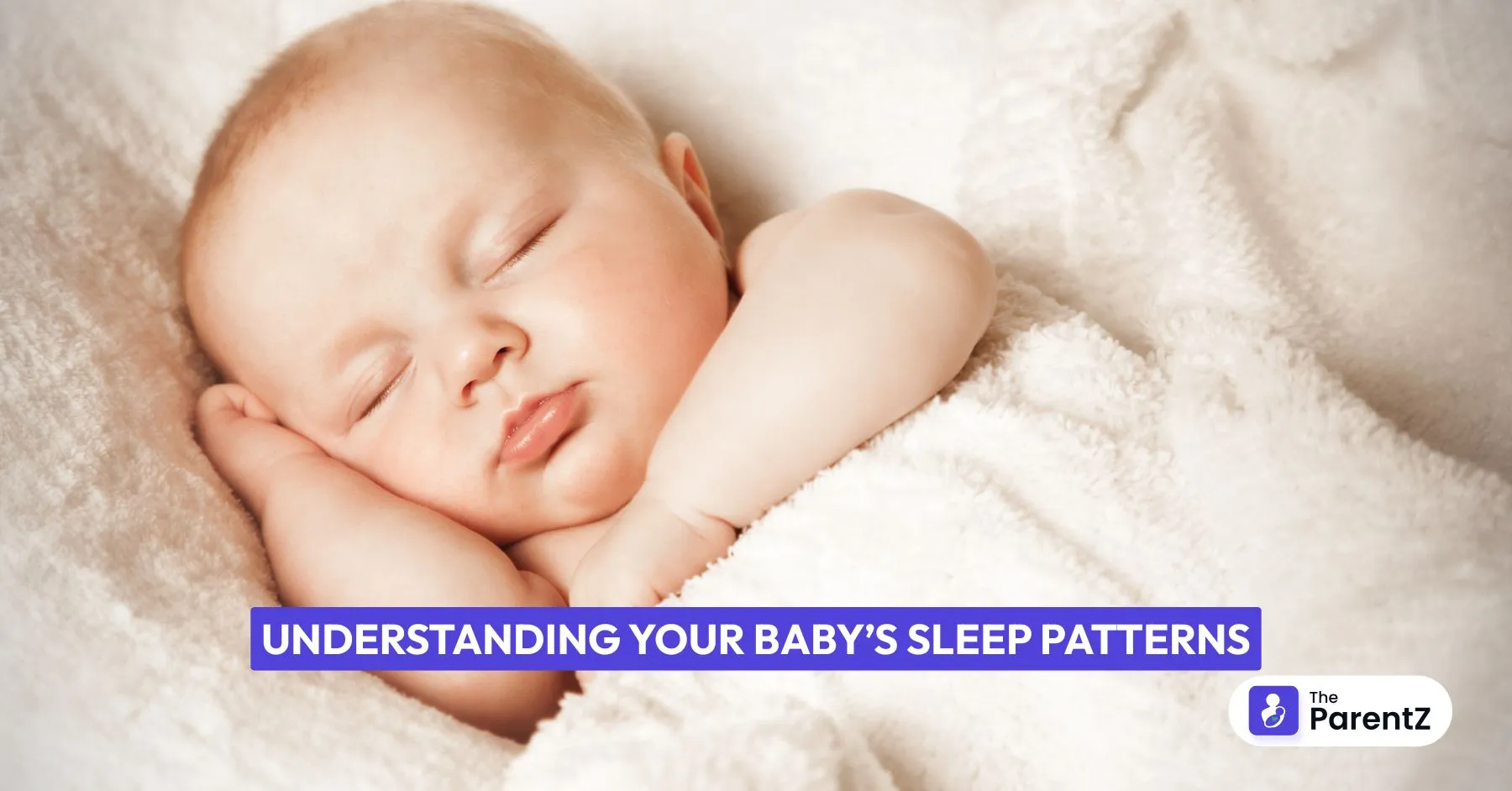If you’re a parent, you’ve probably wondered why your baby’s sleep is so unpredictable. Some nights are peaceful, others are a blur of wake-ups and cries. The truth is, baby sleep patterns are complex, deeply rooted in biology, and change rapidly as your child grows. Understanding the science behind these patterns can help you worry less and support your baby’s healthy development.
The Basics of Baby Sleep Patterns
Babies sleep very differently from adults. Newborns, for example, don’t know the difference between day and night. They often sleep about 8 to 9 hours during the day and another 8 hours at night, but not all at once. Instead, their sleep is scattered in short bursts, which can be exhausting for parents but is completely normal for babies.
This scattered sleep is because babies are born without a mature circadian rhythm, the body’s internal clock that helps regulate sleep and wake times. The circadian rhythm only starts to develop around 10–12 weeks of age, gradually helping babies sleep longer at night.
The Science of Sleep Stages
Just like adults, babies cycle through different stages of sleep, but their cycles are much shorter. An adult's sleep cycle is about 90 minutes, while a newborn’s is only about 50 minutes. Babies spend more time in REM (Rapid Eye Movement) sleep, a lighter, active stage where dreams happen and the brain is busy processing new experiences. This is also the stage when babies are most likely to wake up.
Here’s a breakdown of the sleep stages:
- Stage 1: Drowsiness; baby’s eyes droop, and they may doze off.
- Stage 2: Light sleep; baby may move or startle at sounds.
- Stage 3: Deep sleep; baby is very still and hard to wake.
- Stage 4: Very deep sleep; baby remains quiet and still.
- REM Sleep: Light, active sleep with rapid eye movements, dreaming, and body twitches.
Babies move through these stages in cycles, sometimes waking up as they shift between deep and light sleep.
Why Babies Wake Up at Night
Frequent night waking is normal and even protective in the early months. Babies’ brains are growing rapidly, and their sleep cycles are designed to keep them safe and support learning. Night wakings help prevent deep, prolonged sleep that could be risky for some infants, and also ensure babies get enough food and comfort.
In fact, up to 30% of babies will continue to wake at night throughout their first two years. As they grow, the number of night wakings usually decreases, and most babies start sleeping for longer stretches by 6 months.
How Sleep Patterns Change with Age
- Newborns (0–3 months): Sleep is scattered throughout the day and night. About half of their sleep is REM, which is vital for brain development.
- 3–6 months: Circadian rhythms begin to form, and babies start to sleep longer at night. Total sleep drops to about 14–15 hours a day.
- 6–12 months: Night sleep increases, naps become more regular, and most babies can sleep through the night with fewer awakenings.
Medical Facts and Conditions to Watch For
- REM Sleep Dominance: Babies spend about 40–50% of their sleep in REM, compared to only about 20% for adults.
- Growth and Learning: Sleep is when babies’ brains process new information, form memories, and release growth hormones.
- Night Wakings: Persistent, excessive sleepiness or trouble waking could signal a medical issue. Always consult your pediatrician if you notice your baby is unusually hard to wake, lethargic, or not feeding well.
Cultural Differences in Sleep Patterns
There’s no universal “right” way for babies to sleep. Bedtimes and routines differ around the world, and what matters most is that your baby is growing and seems content after sleep. Don’t stress if your baby’s sleep doesn’t match what you hear from others.
How to Monitor Your Baby’s Sleep Patterns
Tracking your baby’s sleep can help you understand their unique rhythms and spot any changes. Here’s how you can monitor sleep effectively:
- Keep a Sleep Diary: Write down when your baby sleeps, wakes, and how long naps last.
- Watch for Sleep Cues: Yawning, fussiness, and rubbing eyes are signs your baby is ready for sleep.
- Use Digital Tools: Apps like TheParentZ Baby Growth & Health Tracker make it easier. The app’s Sleep Tracker offers personalized schedules, nap and bedtime tracking, and gentle alerts to help you build consistent routines so everyone sleeps better.
Conclusion
Baby sleep patterns are a natural part of growth and development. They may be unpredictable at first, but with patience and the right information, you can support your baby’s sleep and your own peace of mind. If you ever have concerns about your baby’s sleep, don’t hesitate to reach out to your pediatrician. Remember, every baby is unique and so is their sleep.








Be the first one to comment on this story.